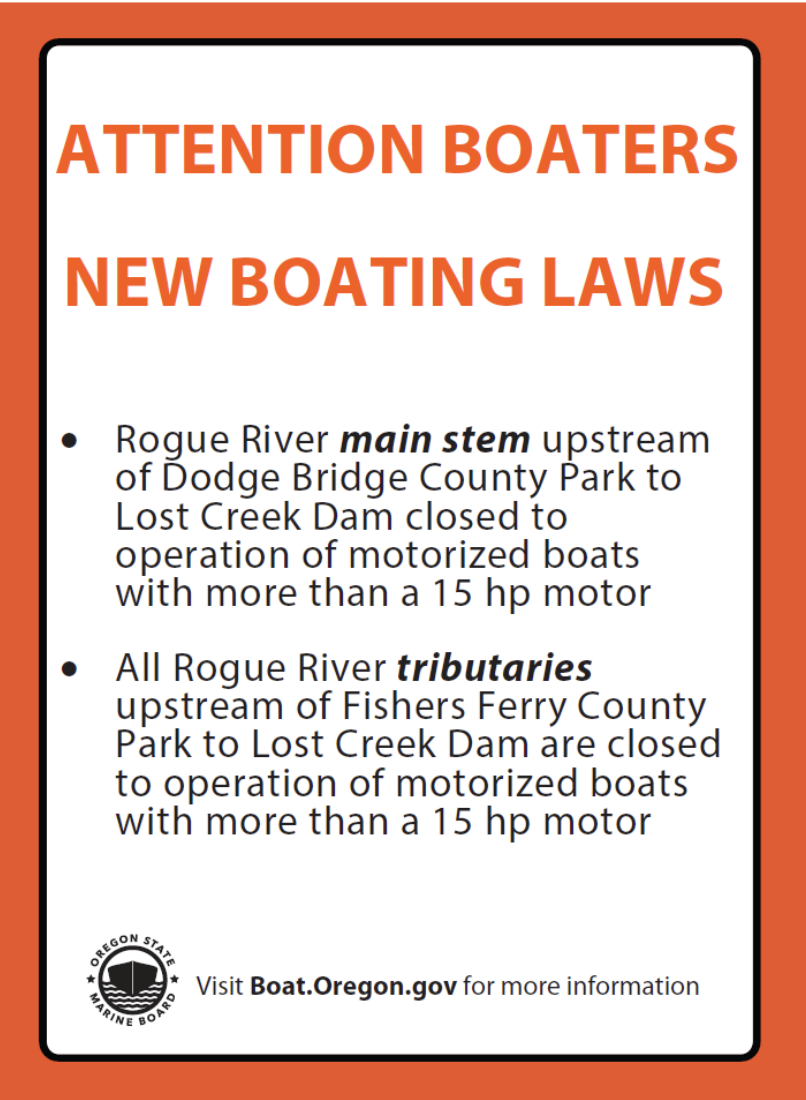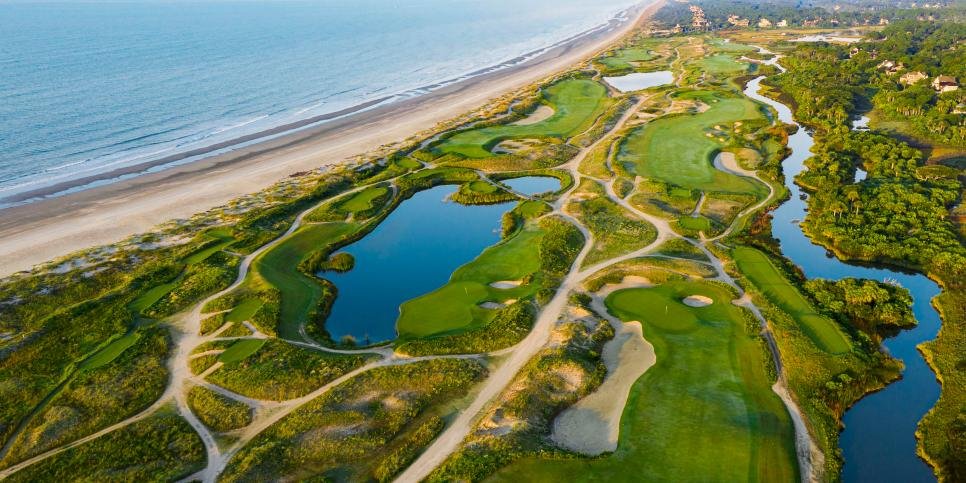For countless anglers, walleye fishing on the fox river represents the pinnacle of freshwater sport, a challenging yet deeply rewarding pursuit set against the backdrop of one of the Midwest’s most storied waterways. This is more than just a fishing trip; it’s an annual pilgrimage for many, driven by the legendary spring run that transforms the river into a world-class fishery. The unique ecosystem of the river, with its deep channels and powerful currents, creates the perfect habitat for these elusive predators. Mastering the art of vertical jigging here is a rite of passage, and understanding the nuances of the river is what separates a good day from an unforgettable one. The reputation of this fishery is a cornerstone of the Midwest fishing community, drawing anglers from hundreds of miles away to test their skills. Understanding the river’s structure is a fundamental part of the challenge. To get a comprehensive idea of how river systems are structured, it’s beneficial to explore information on how deep is the fox river in illinois, as the varying depths play a critical role in where walleye hold throughout the year.

What Anglers Are Saying
The buzz around the Fox River, especially during the spring walleye migration, is palpable in online forums, at local bait shops, and along the riverbanks. Anglers consistently speak of the “combat fishing” environment below the De Pere dam with a mixture of reverence and weary excitement, a testament to the sheer volume of both fish and fishermen. Many share stories of personal bests, of feeling that signature subtle “tick” of a walleye bite in the heavy current, and the powerful fight that follows. The consensus is clear: while it demands patience and a bit of grit, the opportunity to connect with a trophy-sized, pre-spawn walleye makes the Fox River an essential destination on any serious angler’s calendar. The experience is often described as a communal one, with a shared sense of purpose and anticipation linking everyone from seasoned veterans to first-timers lining the shore.

Why is the Fox River a Walleye Fishing Haven?
The Fox River’s celebrity status in the walleye world isn’t an accident; it’s the result of a perfect storm of geography, biology, and environment. The river serves as a primary spawning tributary for the massive walleye population of Green Bay and Lake Michigan. Each spring, instinct drives millions of fish to swim upstream, creating an incredible concentration in a relatively confined area. This annual event, known as the spring run, is the main draw.
The river’s physical characteristics are also ideal. It features a varied structure with deep channels, gravel flats, current breaks, and man-made structures like bridge pilings and dams, all of which provide perfect ambush points and resting areas for walleye. The De Pere dam, in particular, acts as a natural barrier, temporarily halting the fish’s upstream journey and creating an unbelievably dense population of fish in the miles of river below it. This unique combination makes the Fox River not just a good spot, but a truly world-class destination for walleye anglers.
Decoding the Seasons: A Year-Round Walleye Calendar
Catching walleye on the Fox River is a game of timing. Understanding their seasonal movements and behaviors is the single most important factor for success. Each season presents a different puzzle, with its own unique challenges and rewards for those who can solve it.
The Legendary Spring Run: An Angler’s Paradise
This is the main event. From the ice-out in March through May, the river comes alive. This period is best understood in three distinct phases. The pre-spawn phase sees aggressive male walleyes moving into the river first, staging in deeper holes and feeding heavily. As water temperatures climb into the 40s (Fahrenheit), the larger females follow, and the fishing action can be explosive. This is when most trophy fish are caught. During the spawn itself, the bite can become more difficult as the fish are preoccupied. Finally, the post-spawn period sees the fish begin their slow retreat back toward Green Bay, still willing to feed as they recover.
Summer Walleye Strategies: The Night Shift
Once the spawn concludes and the majority of fish have returned to the bay, walleye fishing on the Fox River becomes a different challenge. The remaining resident fish often move to deeper, cooler holes during the day to escape the heat and boat traffic. They become more active during low-light periods. The most successful summer anglers adapt by fishing the “night shift,” trolling crankbaits or casting jigs around bridge pilings and deep channel edges after sunset. It requires more stealth and patience, but the river is quieter, and the rewards can be just as significant. The ecosystem here is complex, and while we are focusing on walleye, it’s interesting to see the parallels in biodiversity with other major waterways. For those curious about regional fish populations, it’s interesting to consider what fish are in the illinois river, as it provides context for the broader aquatic environment.
Autumn’s Golden Opportunity: The Fall Feedbag
As water temperatures begin to drop in September and October, the river’s resident walleye population senses the approaching winter and kicks into a serious feeding mode. This fall frenzy can rival the action of the spring run, but with a fraction of the fishing pressure. Walleye will aggressively chase baitfish, making crankbaits and swimbaits particularly effective. Anglers should focus on areas where baitfish congregate, such as the mouths of smaller tributaries or deep river bends. The crisp autumn air and beautiful scenery make this one of the most pleasant times to be on the water.
Winter Warriors: Targeting Walleye Through the Ice
For the hardiest of anglers, the season doesn’t end when the river freezes over. Ice fishing on the Fox River can be incredibly productive, though safety is paramount due to the river’s current. Areas with safe ice, typically in the slower-moving lower sections of the river closer to Green Bay, can hold large schools of walleye. Anglers use electronics to locate fish and target them with small jigs and spoons tipped with minnows. It’s a quiet, methodical approach that offers a unique and rewarding way to experience walleye fishing on the Fox River.
Expert Take with Gus ‘The Riverman’ Peterson: “People see the crowds in spring and get spooked, but don’t let ’em. The reason they’re here is the fish are here. A well-placed jig in April is worth a hundred casts in July. The river gives you one heck of a welcome party.”
Where Are the Best Walleye Spots on the Fox River?
While walleye can be found throughout the system, certain areas consistently produce more fish. Knowing where to focus your efforts can dramatically increase your odds of success, whether you’re fishing from a boat or from the bank.
The Epicenter: Fishing the De Pere Dam
There is no more famous spot for walleye fishing on the Fox River than the stretch just downstream from the De Pere dam. This area is the ground zero of the spring run. The dam blocks the walleyes’ migration, creating an incredible bottleneck. Anglers in boats jockey for position in the current, while shore fishermen line the banks at places like Voyageur Park. The fishing here can be intense and crowded, but the sheer number of fish present is staggering. It’s the highest-risk, highest-reward location on the river.
Prime Shore Fishing Access Points
You don’t need a boat to have a fantastic day on the Fox. There are numerous public parks and access points that put you right in the action. Voyageur Park in De Pere is the most popular, offering extensive shoreline and a fishing pier. Further downstream, the Fox Point Boat Launch and Green Bay Metro Boat Launch areas also offer shore access. The key is to find spots with a good current break, a deep channel edge close to the bank, or a rocky bottom that will hold fish. While many focus on the main event near De Pere, don’t overlook the potential of the upper stretches of the river. Near landmarks such as the property at 11931 fox river rd wilmot wi 53192, you can often find less-pressured fish in a more serene environment.
Secrets from a Boat: Channels and Breaks
Having a boat opens up a world of possibilities on the Fox. It allows you to escape the shore-bound crowds and precisely target key structures. A quality sonar unit is your best friend, helping you identify the subtle “spots on the spot” that hold the most fish. Look for underwater points, inside turns in the river channel, and current seams where faster and slower water meet. These are natural feeding lanes for walleye. Trolling crankbaits to cover water or using your electric motor to “spot-lock” over a promising piece of structure are two of the most effective boat-based tactics. The process of analyzing a river map to find these spots is a skill in itself. It is much like how seasoned anglers might study a missouri river in south dakota map to decipher its currents and identify likely fish-holding locations before even launching their boat.
What Are the Go-To Lures and Techniques for Fox River Walleye?
Having the right gear and knowing how to use it is critical, especially when dealing with the Fox River’s strong currents and often-finicky walleye. Simplicity often wins, but having a few key presentations in your arsenal will prepare you for any situation.
The Unbeatable Jig and Plastic Combination
If you could only have one lure for walleye fishing on the Fox River, it would be a lead-head jig paired with a soft plastic. This versatile combo is responsible for more walleye than all other methods combined, especially in the spring. The key is using a jig heavy enough to maintain contact with the bottom in the current—typically ranging from 1/4 to 5/8 ounce. Paddle tail or ringworm-style plastics in natural colors like white, chartreuse, or purple are local favorites. The technique is a vertical lift-and-drop presentation, letting the current sweep the jig downstream while you impart subtle hops off the bottom.
Expert Take with Gus ‘The Riverman’ Peterson: “The biggest mistake I see is folks overworking their lure. A walleye’s a lazy predator. You gotta think slow. Let that jig hit bottom, give it a tiny ‘pop,’ and let it fall. That’s the dinner bell right there.”
The Power of Crankbaits and Blade Baits
When walleye are more aggressive or spread out, covering water with reaction baits is the way to go. In the spring and fall, casting and retrieving blade baits can trigger savage strikes from fish that might ignore a slower-moving jig. Trolling with deep-diving crankbaits is a highly effective method for boat anglers, especially during the summer and fall, as it allows you to present your lure to a large number of fish at a specific depth. Choose crankbaits that mimic the local forage, like shiners or perch. The river’s natural beauty enhances every moment on the water, with picturesque banks and wildlife creating a memorable backdrop. The visual appeal of the area might even bring to mind the serene landscapes captured in the victory centre of river woods photos, reminding us that fishing is as much about the environment as it is about the catch.
The Live Bait Debate: Minnows and Crawlers
While artificial lures dominate the Fox River scene, never underestimate the power of live bait. A jig tipped with a fathead minnow can be the secret to coaxing a bite from neutral or negative walleye, especially in colder water. A three-way rig with a heavy sinker and a floating jig head or plain hook baited with a minnow is a classic river technique that keeps your offering just off the bottom and right in the strike zone. In the summer and fall, a nightcrawler on a slow-death rig or a simple split-shot rig can also be incredibly effective.
Navigating Local Rules and Conservation
A successful fishing trip is also a responsible one. Being a good steward of the resource ensures that the incredible walleye fishing on the Fox River continues for generations to come. Before you even make a cast, be sure to have a valid Wisconsin fishing license.
It’s crucial to be familiar with the specific regulations for the Fox River, as they can change and often differ from statewide rules. This includes daily bag limits, minimum size limits, and any special regulations that may be in effect during the spawning season. For example, there are often specific rules about how many lines you can use and whether certain techniques, like snagging, are prohibited. Practicing selective harvest—keeping a few smaller, “eater” sized fish and releasing the large, genetically superior females—is a great way to contribute to the long-term health of the fishery. Always handle fish with care, minimize their time out of the water, and use proper release techniques.
The challenge, the community, and the sheer potential for a fish of a lifetime are what make this fishery so special. From the cold, determined efforts of the spring run to the quiet strategy of a summer night, the river offers a complete angling experience. By understanding the seasonal patterns, dialing in the right locations, and mastering a few key techniques, you put yourself in the best possible position to succeed. Plan your trip, respect the resource, and prepare yourself for the unforgettable thrill that is walleye fishing on the Fox River.
Comments
Brian P.
★★★★★
Fished below the De Pere dam last April and landed a 28-incher on a purple plastic shad. The combat fishing is real, but the reward is worth it! You have to be patient and deal with the crowds, but the fish are absolutely stacked in there. Be prepared to lose some jigs.
Sarah Jenkins
★★★★☆
My husband and I went for the first time in May 2024. It was a bit past the peak run, but we still had a great time trolling crankbaits north of the 172 bridge. We caught four nice keepers between 18 and 22 inches. Much more relaxed than the dam scene.
Mike O’Malley
★★★★★
I’ve been coming here every spring for 15 years. My advice: use a heavy enough jig. If you’re not feeling the bottom, you’re not in the zone. Pink and white were the hot colors for me this year. Best freshwater fishing in the Midwest, hands down.
Emily Carter
★★★☆☆
It was an experience, that’s for sure. We fished from the shore at Voyageur Park. It was extremely crowded and we saw more lines getting tangled than fish getting caught on our particular day. We did manage one small male walleye, but it’s a tough environment for beginners.
David Chen
★★★★★
Incredible fishing. We hired a local guide for a half-day trip on March 30th, 2025, and it was worth every penny. We boated over 30 walleyes, with three over 27 inches. The guide knew exactly where to position the boat in the current. An absolute masterclass.
Kevin Schmidt
★★★★☆
Don’t sleep on the fall bite! I went in mid-October and had a fantastic day casting shiver minnows near the mouth of the river. No crowds and the fish were fat and aggressive. Caught a beautiful 26-inch walleye that fought like a freight train.
Jessica Rodriguez
★★★★☆
First time out with my son. We didn’t catch a monster, but the action was steady near Voyageur Park. Great memories made. He was so excited to reel in a 19-inch walleye all by himself. Be prepared for snags along the rocky shoreline.
Tom “Sully” Sullivan
★★★★★
The Fox is legendary for a reason. Fished from my kayak in early April. It’s a bit hairy with the boat traffic and current, but if you’re experienced, you can get to spots the big boats can’t. Caught a limit of perfect 18-20 inch eaters in two hours.
Amanda Wilson
★★★★☆
A beautiful river and a great fishery. We rented a small boat for the day. We struggled a bit at first but once we figured out the vertical jigging motion, we started getting bites. You have to be very subtle. It’s more of a “pop” than a “jig.”
Robert Grant
★★★★★
Came all the way from Ohio for the spring run in 2024 and it did not disappoint. The sheer volume of fish in the river is something you have to see to believe. It’s a true natural wonder. I’ll be back every single year.
Laura Beth
★★★★☆
Shore fishing was productive for us, but you have to walk a bit to get away from the main crowds at the pier. We found a nice current break about a half-mile down from the park and pulled out three nice walleyes right before sunset. Patience pays off.


